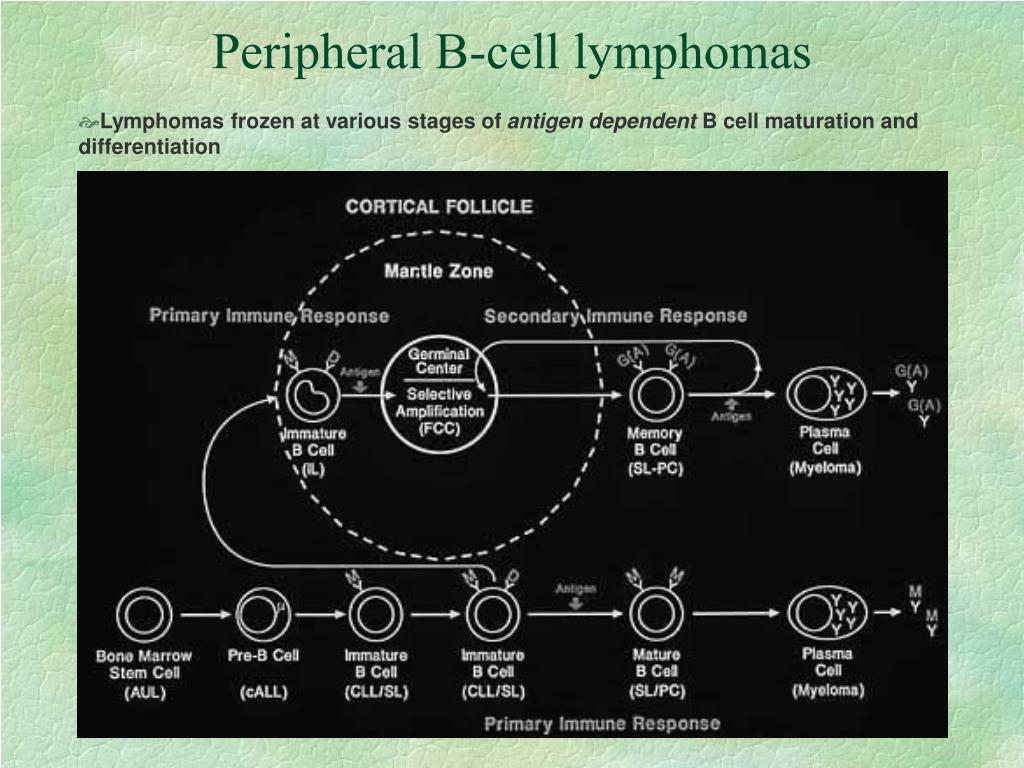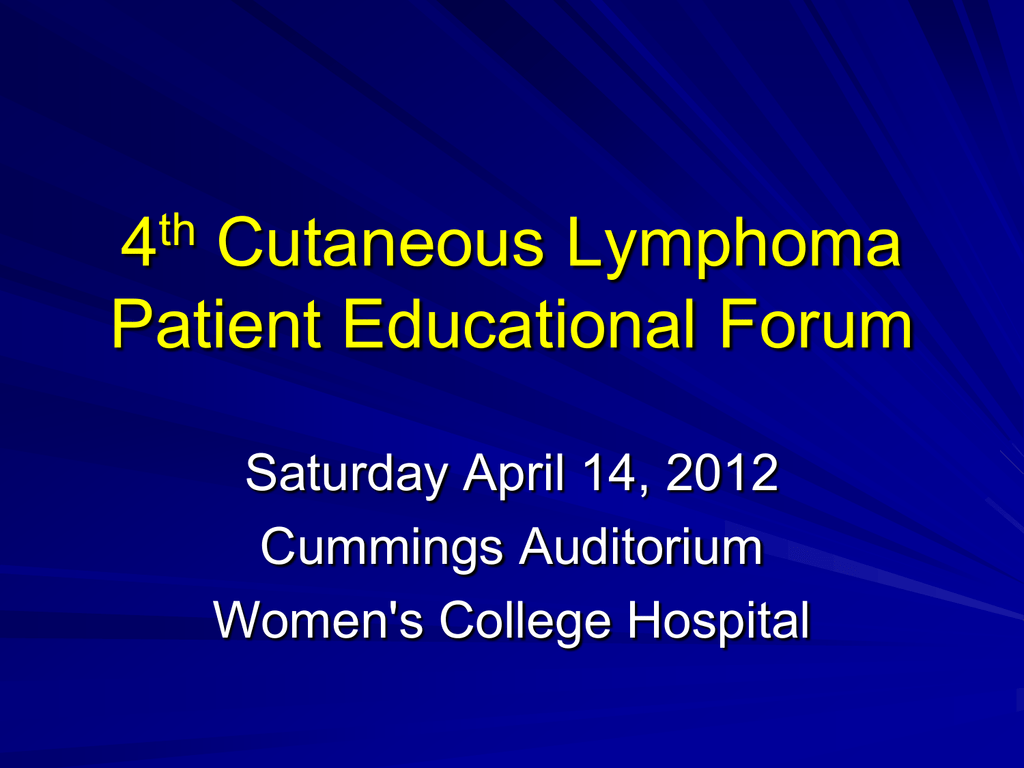

In some cases of MF or Sezary syndrome, a doctor may recommend a bone marrow transplant. Authors of 2016 research found that 81% of people included in the study who had MF and a combination of drug and UV light therapy responded to treatment. The medical term for this combination is psoralen and ultraviolet A, or PUVA, therapy.Ĭombination therapies can be very effective in some cases. In some cases, the doctor may prescribe a particular medication that aids treatment with ultraviolet A rays.

Narrow-band ultraviolet B treatment is a very common phototherapy for MF. Most people with MF may also benefit from phototherapy, which uses ultraviolet light. These may help control pain and itchiness or clear the rash and help slow the progress of the cancer.

Cutaneous tcel lymphoma skin#
Standard cancer therapies, such as the following, are common treatments for lymphoma:įor skin lymphomas, such as MF, doctors may recommend prescription topical creams or ointments that contain corticosteroids, chemotherapy drugs, or retinoids. Treatment for lymphoma depends on the type and how far it has progressed. For this reason, the doctor will usually take multiple biopsies. To make matters more difficult, eczema and similar conditions can look like MF on a biopsy. No standard diagnostic criteria for MF exist, and a diagnosis largely relies on the findings of a skin biopsy. The early symptoms can be easy to overlook, even for an experienced dermatologist, making the diagnosis challenging. These symptoms can result from many types of lymphoma, including those that originate in areas other than the skin, known as systemic lymphomas. Symptoms of spreading or progression can include: The cancer may spread to the lymph nodes or other areas of the body. In some individuals, tumor-like lesions develop on the skin. The rash and plaques may get worse as the condition progresses. Some people with MF experience no other symptoms, at first, beyond the rash. While MF is the most common type of cutaneous T cell lymphoma, there are many other types, some of which are very rare.Īny additional symptoms may depend on the type of lymphoma that a person has. In Sezary syndrome, the cancerous T cell is a different type from that of MF. Other people with MF may experience a very dry and itchy redness over a majority of their skin, and this can indicate Sezary syndrome.ĭoctors consider Sezary syndrome to be relatively distinct from typical MF. The plaques may darken and possibly bleed. The affected skin may get thick and hard, and form raised plaques. Over time, the rash may become more severe and spread to other areas. These patches are generally itchy, and they are easiest to recognize in a bathing suit distribution, commonly appearing on the buttocks and thighs. The most common sign of MF is a rash consisting of one or more scaly, inflamed patches of skin. The most common type of cutaneous T cell lymphoma, MF occurs when cancerous T cells are present in the skin with a characteristic presentation of patches, plaques, and sometimes tumor-like lesions. The American Cancer Society note that nearly half of all skin lymphomas are MF.

Skin rashes are uncommon symptoms of Hodgkin lymphoma, but they may result more often from other types of lymphoma that start in T or B cells. Share on Pinterest It is easy to confuse a lymphoma rash with rashes of other conditions.Ī lymphoma rash is not a term that doctors usually use, but some people use the term to describe skin-related symptoms of lymphoma.


 0 kommentar(er)
0 kommentar(er)
